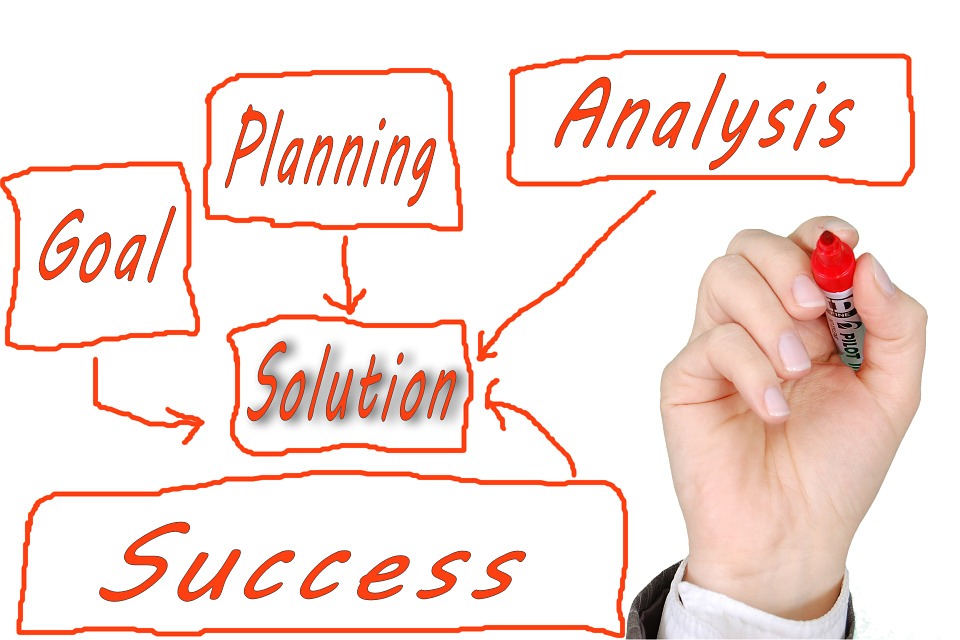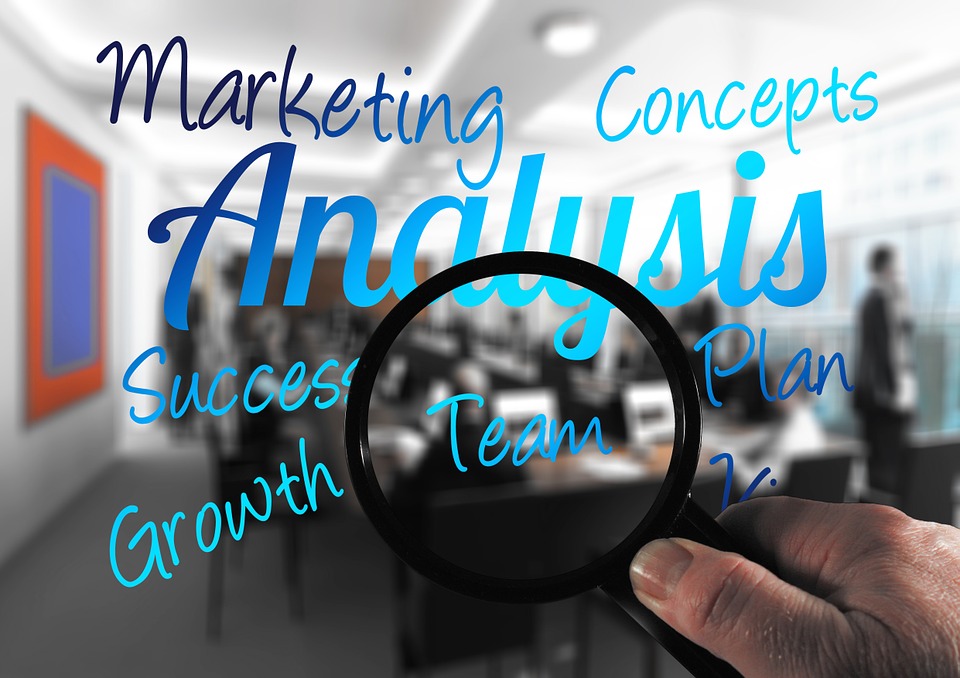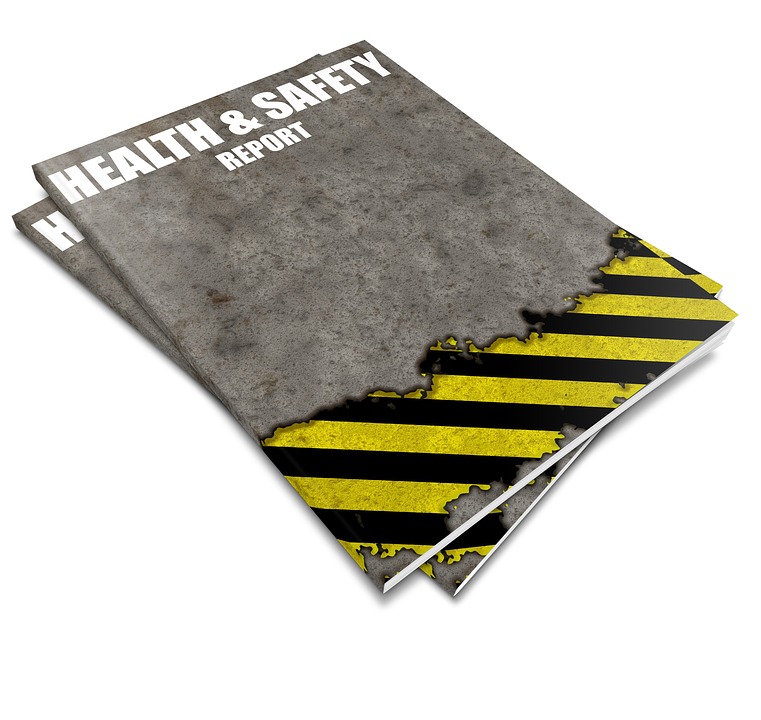Season’s Greetings from me and my team at Connect to HR. It’s hard to believe that another year and decade are coming to an end. 2019 has been an incredibly exciting year! I’ve had the opportunity to work with amazing clients as an executive coach. I’ve been fortunate to help many of them grow professionally and stretch themselves in new and exciting ways. The results are more engaged and motivated leaders, which in turn benefits the organizations they serve and inspires the employees who work with them.
In addition, I continue to provide HR advising work to organizations. Several clients who have experienced tremendous growth and change over the past 3 to 5 years have called upon me to help strategize the next phase in their company’s development. In some cases, it’s to develop a succession plan to eventually hand off their organization to the next generation of leaders as they take on more strategic roles. The best compliment I was given this year is when a client said, “You are my business advisor, not just an HR consultant.”
2020 is the dawn of a new decade and also a celebration of the 10 year anniversary of the founding of Connect to HR. Ten years ago, I had the idea to start this business. I’m excited that Connect to HR has flourished and continues to evolve and change to better serve all of my incredible clients. I’m so grateful to all the clients who have partnered with me over the past 10 years. Many of them are now good friends and associates.
A village has supported me throughout the years. I’m thankful for my team, which consists of Project Management Specialist (Janine, Linda and Lillian), Leslie Flowers, Jen Fery, and Colleen Lopez who have partnered with Connect to HR over the years in accounting, marketing, and administrative support. Also, I have an amazing community of colleagues who serve as my unofficial board of directors. I appreciate your being my sounding board and encouraging me. Thank you for trusting Connect to HR with your referrals.
I want to specifically recognize several special colleagues: the BABS, Affogato HR Consulting, the 415-408 club, Kristi Mack, my former BNI group and my colleagues from PICA (Susan Nelson, Jane Hintz and Liz Steblay). Additionally, I’ve been fortunate to have mentors over the last decade who helped guide me and my business. Thank you to Silvia Johnson, Lisa Duerre, Bill Baren, Patrick Dominguez, Bill Silverman and Scott Bowman. You have inspired me to make this endeavor a successful business. Most importantly, my family has been my support system through the good times and the low times. I am thankful for the love and encouragement that my husband, son, parents and sister give me every day.
I’m excited for what the future holds. I see many exciting opportunities for Connect to HR and my clients. Cheers to a new decade! Wishing you continued success in 2020.
Michelle Mendoza and the Connect to HR team
P.S. Also, I’d love to hear from you and catch up in the New Year. Let’s grab a lunch or coffee (even if it’s by phone) and connect.














